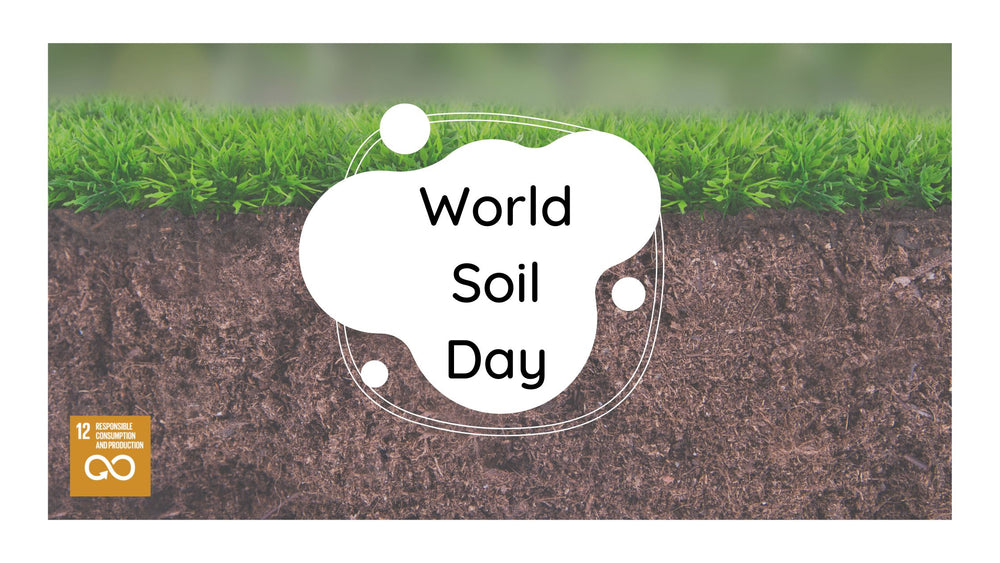
The Truth About Urns
For many people, keeping a loved ones cremated remains in an urn feels right, like keeping them with you. Urns that will be kept on display, or somewhere safe, can be beautiful memorials.
A recent study by Trajectory found 80% of those interviewed felt cremated remains were ‘meaningful’ and should be treated as such. With 12% knowing they would be keeping the cremated remains at home.
Cremated remains are returned to families in a plastic box, or cardboard scatter tube. There are hundreds of products on the market, often making it an overwhelming decision. Taking time to consider the best option for both practical and emotional reasons is important before making a purchase.
Urns At Home
People often choose something hand crafted, or in some way related to their beloved. These are not the urns we are discussing here, although more environmentally friendly or sustainable options are still encouraged. For example, choosing a local product over one that has been flown in, or supporting a local independent business would both have a positive impact.
The urns under the microscope in this article are those that are taken back into nature. This was by far the largest group, with 60% expecting to scatter or bury the cremated remains either at the crematorium or a special place. That is roughly 840 tonnes of cremated remains going back into nature in one form or another.
Scattering is the next article on our list, so for now we are looking at urns.
Can Urns Grow?
There are a large number of ‘living urns’ on the market, and most claim to turn cremated remains into a living plant, or to be biodegradable. This gives the impression that the urn itself has no negative impact on the soil or surrounding area.
(If you’re wondering why we don’t use the term ‘ashes’ read this previous article!)
Curious about the science (as we always are) Soil and Plant Expert, Sherry Yarkosky did some tests to see what actually happens underground.
Given the extensive research already completed on the impact of cremated remains on soil, the results were still a shock.
An off the shelf biodegradable urn was buried in June 2018. Four years later, the area was checked. While the urn itself, which had been cardboard based, had largely disappeared the column of cremated remains were still very much in evidence.
It is simply not possible for cremated remains to be safely re-introduced into eco-systems without a specific medium to disperse and neutralise them.
Had a tree or shrub been planted on top of this particular urn, it would have died, unless the root system could have grown away from the cremated remains. This isn’t possible when planting in containers.

Second Bereavement
Not only would a healthy plant have died, but a family would have experienced the loss of that memorial as a second bereavement. Grief is a complicated and often very long process. When we layer additional loss on top of the original pain, it can elongate the recovery.
Knowing that thousands of people are planning to add cremated remains back into nature, unaware of the problems and potential additional grief is heartbreaking.
Can Urns Compost?
This really raises the same issue as ‘growing’. It is the cremated remains inside the urn that cause problems for the soil, plant and wildlife.
Urns on the market under the green banner come in a range of types and materials. To aid decomposition buyers should look for materials without any coating or barrier and that will break down into non-toxic elements.
While there is a sliding scale of ‘better’ urns, even those that decompose well, will leave a lasting problem unless the cremated remains are mixed with another specialist medium.
What Questions To Ask?
To avoid this, there are some good questions to ask before purchasing any biodegradable urn.
- How long does it take to decompose?
- Is there any medium that mixes with the cremated remains inside, and how much is there?
- If a plant is included - what guarantees are there for its success? (Usually the cremated remains are kept away from the plant by a physical barrier, but when this decomposes, the plant will probably begin to fail).
- Is the research completed available to review and easily understood?
- How does the company tackle the environmental impact of their product?
Solutions…
There is one medium on the market that has a positive impact on cremated remains, and can be used in container planting, tree dedications outdoors and even scattering. It has been developed after many years of research, is completely organic matter and safe to use.
It proves that with a curious mindset, a belief that nature already has the answers, but may need some technological support (and a touch of bloody mindedness), extraordinary things can be achieved.

